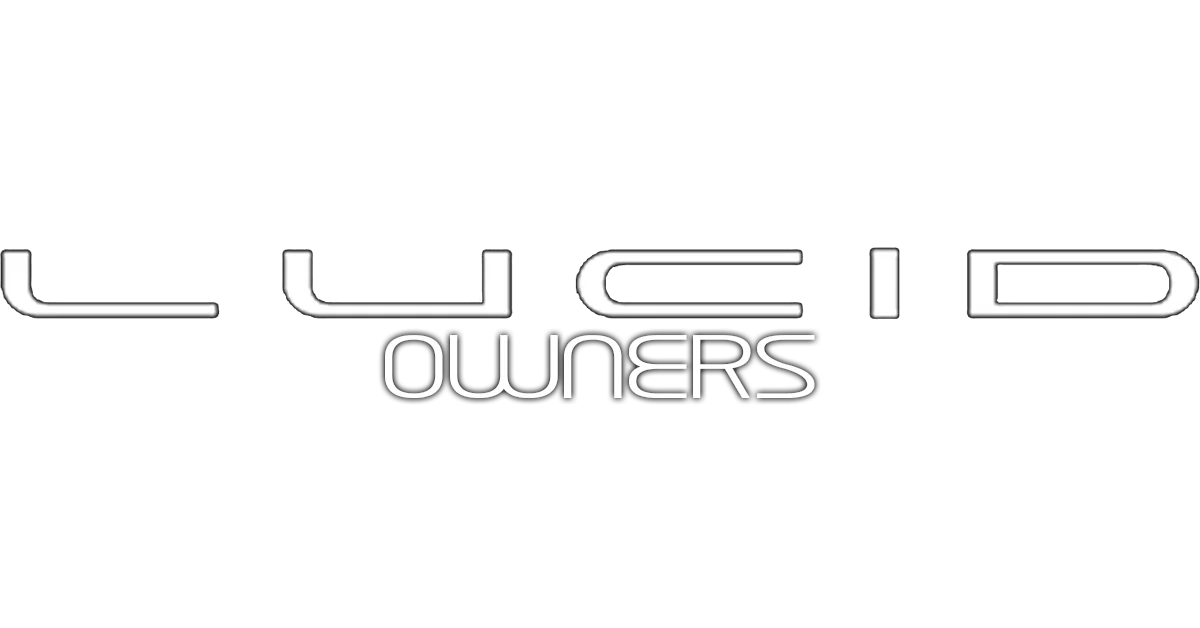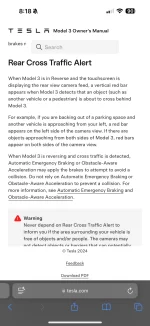- Joined
- Nov 14, 2021
- Messages
- 11,640
- Reaction score
- 13,229
- Cars
- Dream P
- Air DE Number
- 33
- Gravity DE Number
- 33
- Referral Code
- R0YBCKIJ
Yes I guess. Super quick search because Tesla shows they don't have those as safety features?Really? You’d pay $10k for rear cross traffic protection? Pretty sure that’s a standard feature on most cars including base dream drive.
Active Safety Features
Active safety features come standard on all Tesla vehicles made after September 2014 for elevated protection at all times. These features are made possible by our Autopilot hardware and software system and include:
- Automatic Emergency Braking: Detects cars or obstacles that the vehicle may impact and applies the brakes accordingly
- Forward Collision Warning: Warns of impending collisions with slower moving or stationary vehicles
- Side Collision Warning: Warns of potential collisions with obstacles alongside the vehicle
- Obstacle Aware Acceleration: Automatically reduces acceleration when an obstacle is detected in front of your vehicle while driving at low speeds
- Blind Spot Monitoring: Warns when a vehicle or obstacle is detected when changing lanes
- Lane Departure Avoidance: Applies corrective steering to keep your vehicle in the intended lane
- Emergency Lane Departure Avoidance: Steers your vehicle back into the driving lane when it detects that your vehicle is departing its lane and there could be a collision






